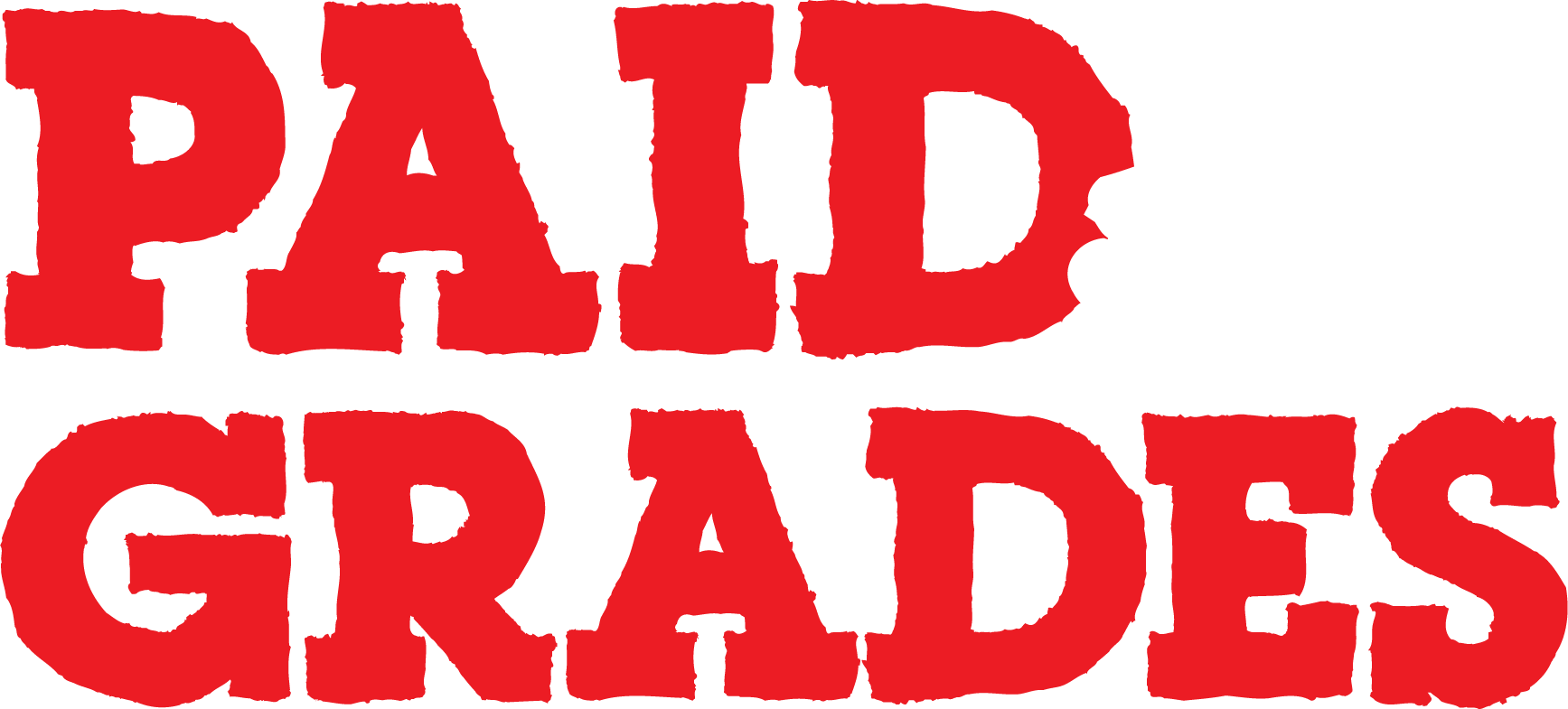
With summer underway, most students are interested in enjoying their time away from school. However, the extended break is a great time to do some personal summer reading.
Whether at the beach or in your bedroom, keeping up with regular reading offers quite a few perks that might help you once Fall rolls around.
The Value of a Good Book
Remember: summer will be over in a matter of weeks. That means the transition back to the school schedule is on its way.
Most students find it challenging to get back into the rhythm of school after more than two months away, and the unease can last several weeks into the new year. But if you’re already used to regular reading, jumping back into the routine won’t be such a shock. Plus, students who choose to read over the break do better on standardized tests like the SAT and ACT. Taking a little time to read at your own pace over summer may save you a lot of stress later.
Reducing stress and improving your skills are both great reasons to keep a reading schedule going. However, don’t forget the most important reason to read: it’s fun!
The more you read, the more you’ll enjoy it. Who knows—you just might find your new favorite story this summer!
Not Sure Where to Start?
Don’t worry, we’ve already done all the digging for you! Below are a few great modern books perfect for high schoolers. They’re sorted alphabetically, so just pick the one that sounds most interesting to you and start reading—with classics like these, you can’t go wrong.
 1. The Book Thief, by Markus Zuzak
1. The Book Thief, by Markus Zuzak
The Books Thief is the poetic and gripping story of a young girl named Liesel struggling to survive in World War II Germany. While her adoptive family hides a Jewish man in the house, Liesel decides to take on her own acts of rebellion by stealing and saving many of the same books the Nazi regime seeks to ban and destroy.
 2. The Brief Wondrous Life of Oscar Wao, by Junot Díaz
2. The Brief Wondrous Life of Oscar Wao, by Junot Díaz
This story spreads across three generations, following one family’s journey from the Trujillo-era Dominican Republic to modern-day New Jersey and back again. The book is well-known for its use of Spanglish, as well as a subtle backdrop of magical realism. There are many cultural dimensions for readers to explore here, all held together with an unreliable narrator who frequently interrupts the story to offer his thoughts on the situation.

3. The Handmaid’s Tale, by Margaret Atwood
Recently adapted into a popular series, this novel elevates the dystopian concept to the level of art. The Handmaid’s Tale explores many difficult topics including authoritarianism, religion, and gender, but does it at an even pace that never feels too heavy-handed. Our main character Offred rarely leaves the house, but it still feels like a very tense adventure, and the reader is totally invested in everything that happens to her.

4. The Hitchhiker’s Guide to the Galaxy, by Douglas Adams
This surreal classic is a true masterwork of sci-fi and dry comedy. After the Earth is bulldozed to make way for an intergalactic highway, human Arthur and his alien friend, Ford Prefect, find themselves bouncing from one absurd end of the universe to another. Referred to as “a trilogy in five parts,” The Hitchhiker’s Guide is a long, but very rewarding, look at the meaning of “life, the universe, and everything.”

5. The Kite Runner, by Khaled Housseini
This book begins as the story of two young boys in Afghanistan in the 1970s. However, things change after the pair are separated, eventually losing touch when one moves to the US following a military coup and the Soviet invasion in 1979. The Kite Runner is a powerful and boundary-challenging exploration of identity, social class, and what it truly means to be brave.

6. Lord of the Flies, by William Golding
This well-known story finds a group of British schoolboys stranded on a desert island after an airplane accident. While the boys initially try to work together, ego and the desire for power quickly begins to overcome them, leading to a breakdown of their new society. The book was one of the most frequently challenged publications of the twentieth century in schools and libraries, but despite the criticism, it is still regarded as an all-time classic for young readers.

7. The Man in the High Castle, by Phillip K. Dick
Also recently adapted into a popular streaming series, the Man in the High Castle is one of the best-known works of alternate history. This story takes place in the former United States twenty years after an Allied defeat in World War II. A mystery unfolds as the characters seek to reveal the truth that the new rulers of the world might be keeping secret about how the war really ended. This author’s other works inspired many popular film adaptations including Blade Runner, Total Recall, and Minority Report.

8. 1984, by George Orwell
1984 is one of the most iconic novels of the twentieth century, as well as one of the best-known dystopian stories of all time. Although the year itself has passed, this book remains as chilling and bleak as ever. 1984 is a warning to readers about the possibility of a totalitarian future where life is hard and violent, and Big Brother is always watching.

9. On the Road, by Jack Kerouac
Based on the author’s own travels across the country, On the Road became an important document of the “Beat Generation,” and was a major inspiration for the 1960s counterculture. The book inspired millions of people to explore and embrace a broader vision of the world through its honest and simplistic storytelling. Many of the characters were based closely on Kerouac’s own friends and acquaintances, including fellow writers.

10. One Flew Over the Cuckoo’s Nest, by Ken Kesey
A criminal gets himself committed to a psych ward, believing it will be easier than serving his time in jail. However, he finds that the dehumanizing way of life in his new home may be even worse. This novel’s commentary on authority, individualism, and our treatment of the mentally ill had a major impact in the late twentieth century. It is still frequently referenced more than 50 years after its publication.

11. The Perks of Being a Wallflower, by Stephen Chbosky
A book beloved by young readers around the world. The Perks of Being a Wallflower is told in the form of anonymous letter from a high school freshman, relaying his experiences in dealing with friends, relationships, and other common struggles. Most readers can find something to relate to in this touching and very personal story of finding your unique identity.

12. Persepolis, by Marjane Satrapi
Persepolis stands out on this list as the only book told in a graphic novel format. This autobiography recalls the author’s experiences as a young child in Iran, living through and escaping a war, and the sense of guilt that accompanies that escape. The unique black-and-white artwork is nice to look at, while also helping to drive home the power of this incredible story.

13. Rolling the R’s, by R. Zamora Linmark
Linmark’s masterwork tackles issues including maturity, gender, identity, and poverty throughout this straightforward story. We follow a group of young Filipino Americans in 1970s Hawaii, struggling to find their place in a strange and sometimes hostile culture. This book will hit close to home for anyone who’s ever felt marginalized or disconnected from society simply because of who they are.

14. The Secret Life of Bees, by Sue Monk Kidd
Set in 1960s South Carolina, The Secret Life of Bees follows a young white girl and her black guardian as they hitchhike across the state looking for information about the girl’s mother. Their journey shifts focus, however, after they come across a trio of beekeeping sisters who might be able to help. The themes of race and identity are obvious, but other themes of loss, betrayal, and forgiveness are key to the story.

15. Slaughterhouse Five, by Kurt Vonnegut
This is Vonnegut’s surreal, tragic, and comedic masterpiece. The story is told out of linear order, with a main character who is “unstuck in time.” Add to that themes of time travel, alien abduction, and war, all explained to the reader secondhand from an unreliable narrator, and you have one seriously strange story on your hands. It’s a modern-day classic.

16. A Wizard of Earthsea, by Ursula K. Le Guin
If you’re in the mood for a fantasy story that skips out on many of the “sword and sorcery” clichés, A Wizard of Earthsea might be just what you’re looking for. The book is a coming-of-age story following a young boy, Ged, destined to become a great wizard if he can overcome the dark creature created by his own ego. The book is heavily influenced by Taoist philosophy, and had a huge impact on many fantasy stories written over the last 50 years.
